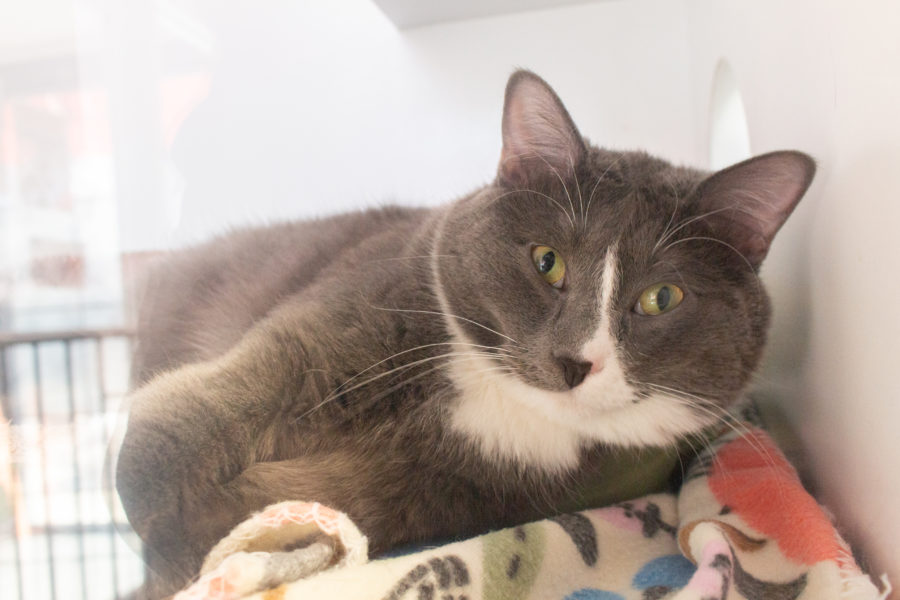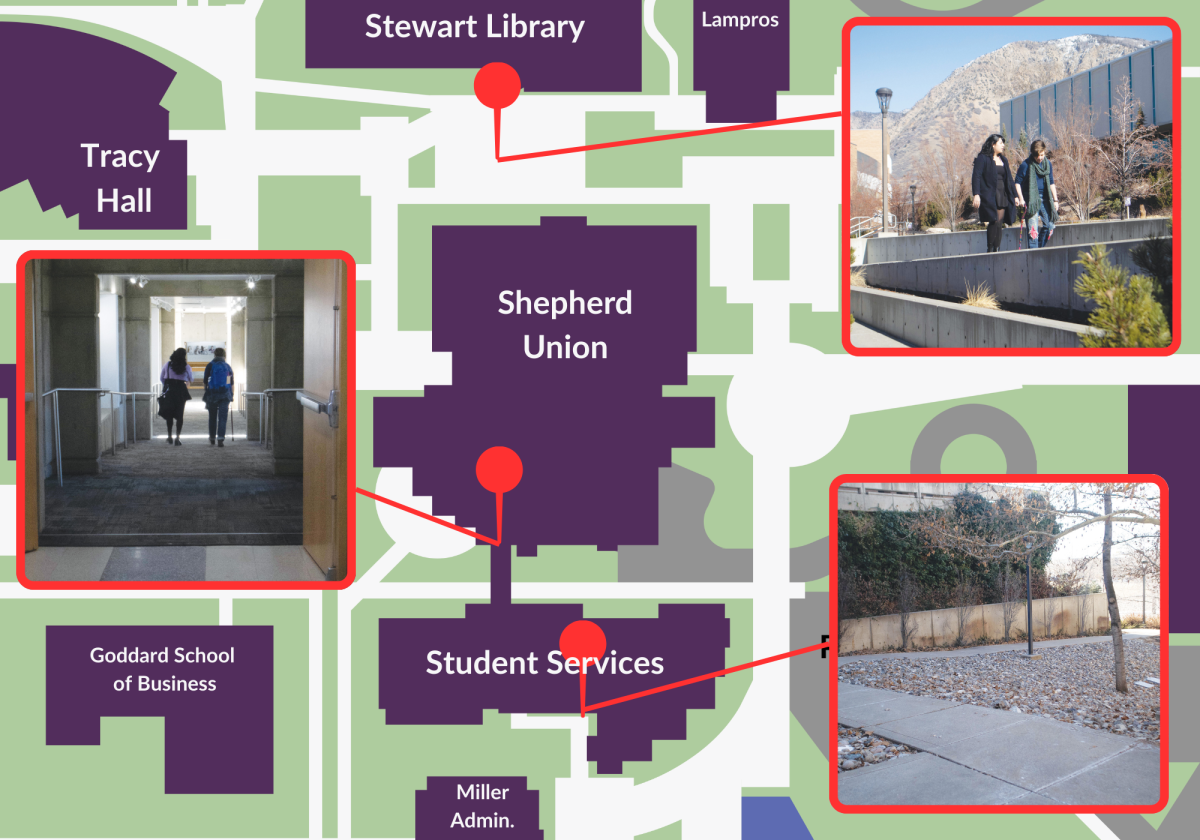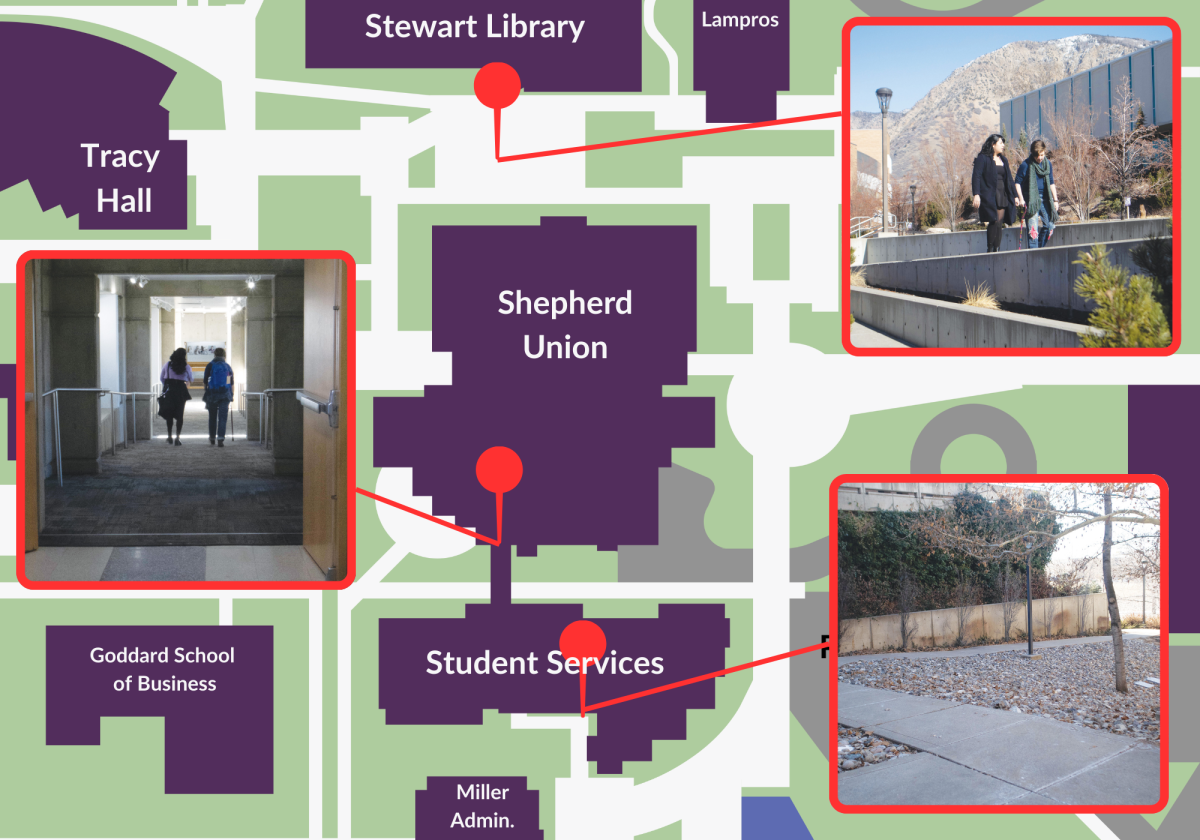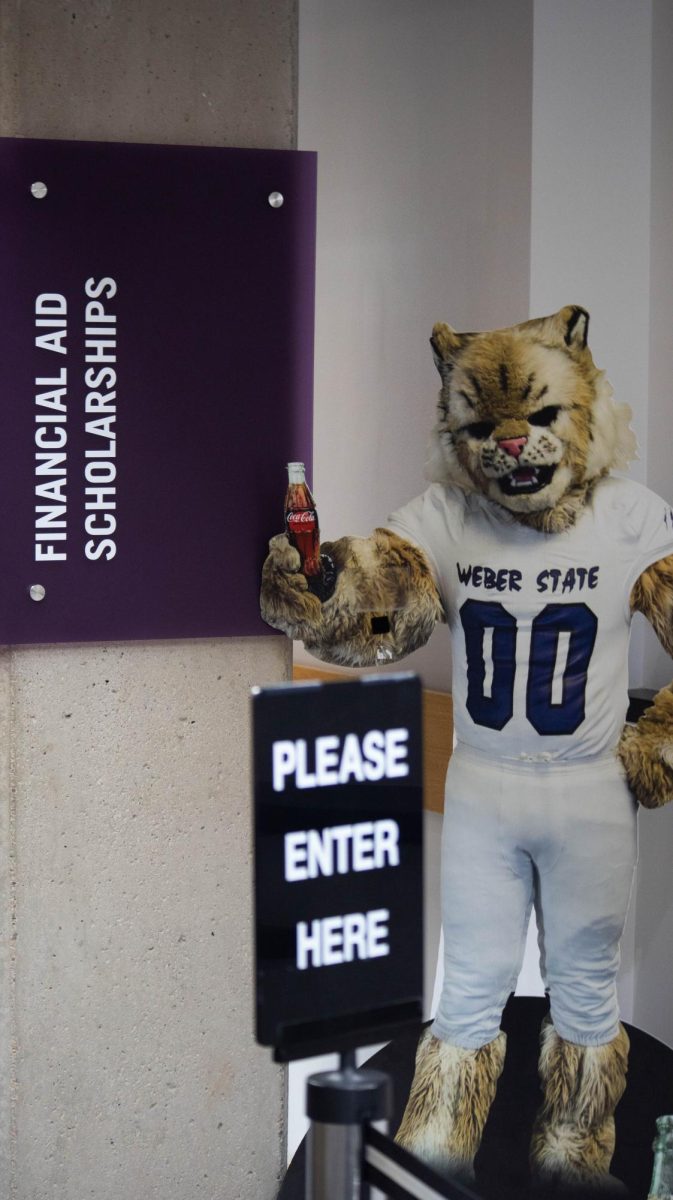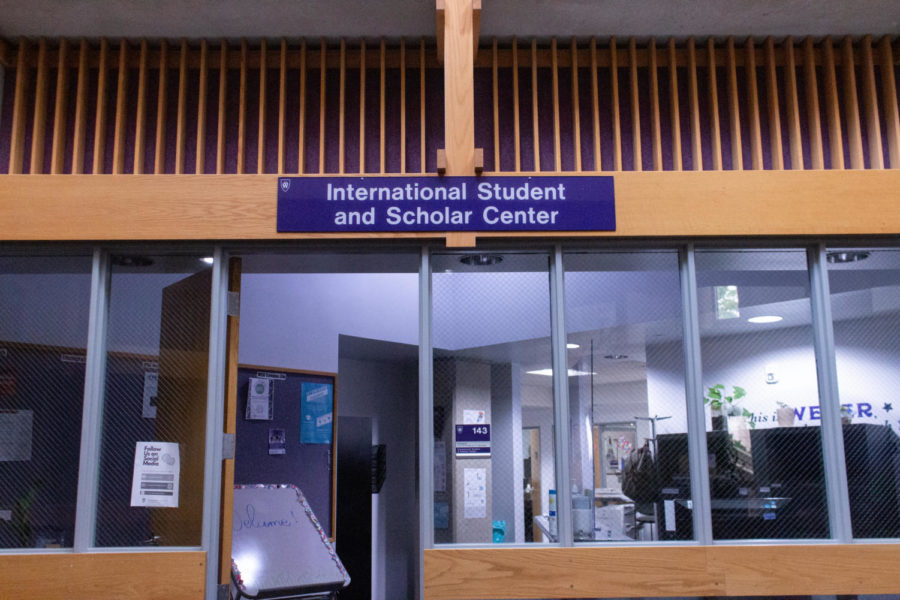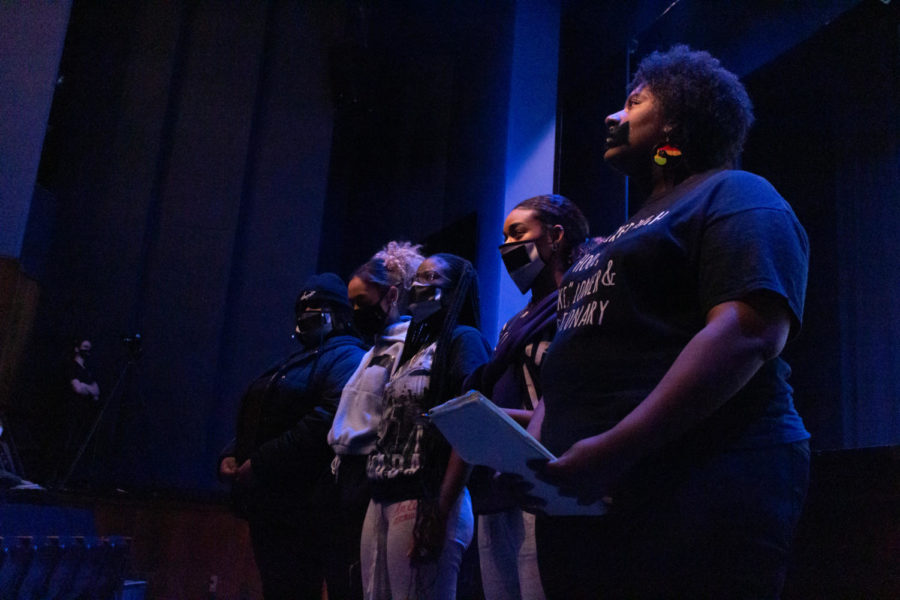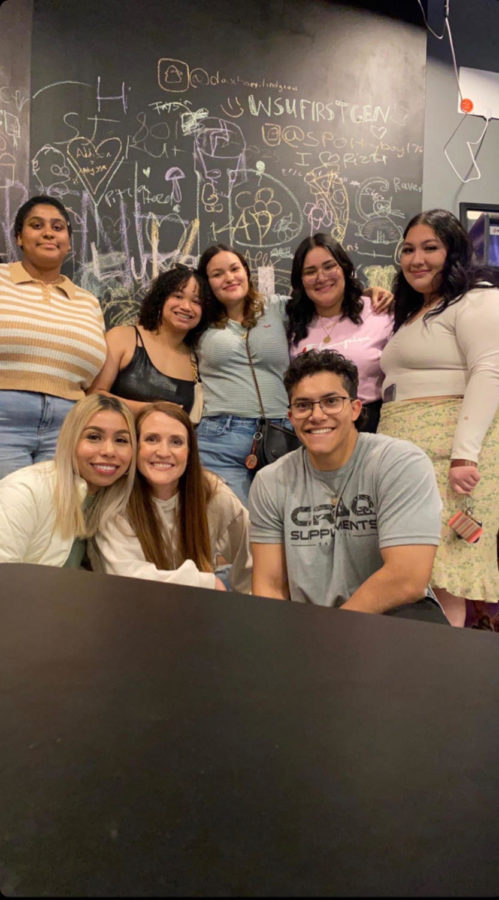Since America’s earliest forms of higher education, college students have used academic advising. Today, Weber State University students are able to take advantage of academic advisers to help them navigate the more than 200 majors offered at WSU.
Academic advisers prevent the nightmarish reality that many college students face of not graduating on time because of having taken unnecessary classes.
“My job as an academic adviser is to make sure that students are taking all the right classes and they aren’t taking classes that aren’t going to count towards their major or minor or general education requirements,” said Debbi Murphy, an academic adviser for arts and humanities.
With so many programs, there is room for error when it comes to creating a class schedule.
“Being able to graduate on time is imperative, and knowing the intricacies of the program and classes is where you really need the academic adviser in order to graduate on time,” said Mara Sikkink, an adviser for business and economics.
A common tool used by academic advisers and students alike is WSU’s CatTracks.
“I love CatTracks,” said Natalie Struhs, an adviser for students going through the K-12 teaching elementary education program. “I use (it) every single day. Usually when I meet with students, if they haven’t used them before, I’ll try and explain how they work. They’re a really good tool to use to keep on track for graduation.”
CatTracks is a worksheet tool that shows degree requirements and coursework already completed to evaluate how close a student is to graduating, available on the student eWeber portal.
“I use CatTracks excessively,” Murphy said. “I think it’s a wonderful tool for our students to use to track their progress towards graduation.”
Sometimes, CatTracks are used in place of meeting with an academic adviser.
“I use CatTracks each semester when signing up for classes to see what other classes will be beneficial for my education,” said Mary Bauter, a WSU student majoring in nursing, “(and) also to know where my standing is on graduating.”
Other students, however, don’t use an academic adviser or CatTracks.
“I didn’t meet with an adviser or use CatTracks,” said WSU student Edmundo Lopez. “I pretty much picked my classes myself. I learned how to register for classes at an orientation, and then I just did it myself.”
Academic advisers can be used throughout college, not just in the beginning or the end. Many WSU academic advisers agree that even though CatTracks is readily available, it is not an excuse to never meet with an academic adviser.
“Meet with your adviser as often as you need to. That’s what they’re there for,” Struhs said. “It’s better to meet with them early on. If you can know them and meet with them a lot, it’s better than at the end of your degree coming to them and asking what you need to do when you could’ve been meeting with them that entire time and building a relationship.”
Meeting with an adviser and using CatTracks can be the best combination of resources to graduate on time.
“CatTracks is a good tool for advising students to stay on track; however, CatTracks is as good as we can make it,” Sikkink said. “That’s where meeting with an academic adviser can help fill in the gaps. It’s a good advising tool to make sure they’re registering correctly, but it should never replace what an academic adviser can do for students.”
More information about academic advisers, including appointment signups, is available at http://weber.edu/ssc/.







